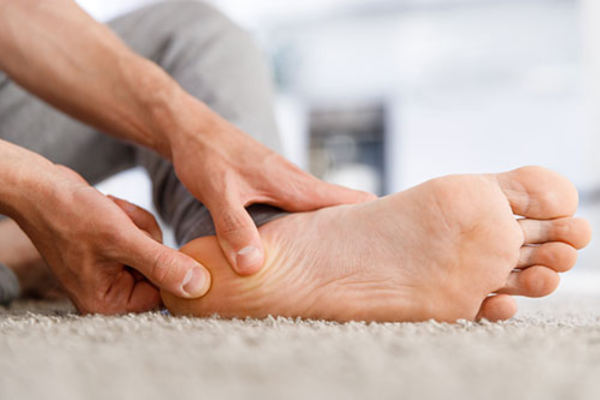
Heel pain can be a real drag, especially when that first step in the morning feels like stepping on a tack. One culprit behind this discomfort can be heel spurs. But what exactly are they, and more importantly, how can you fix them?
What is a Heel Spur?
A heel spur is a bony deposit that forms on the underside of the heel bone. This calcium build-up develops over time in response to repeated strain on the plantar fascia, the ligament that runs along the bottom of your foot and connects your heel to your toes.
Here’s the key thing to remember: heel spurs themselves don’t typically cause pain. It’s the underlying inflammation of the plantar fascia, a condition called plantar fasciitis, that leads to the ouch factor.
So, How Do I Fix Heel Spur Pain?
The good news is that there are several effective ways to manage heel spur pain, and surgery is usually a last resort. Here’s a breakdown of some common treatment options:
- Rest and Activity Modification: Taking a break from activities that aggravate the pain, like running, can give your plantar fascia a chance to heal. Opting for low-impact exercises like swimming or cycling during this time can help maintain fitness.
- Ice Therapy: Applying ice packs to your heel for 15-20 minutes at a time, several times a day, can reduce inflammation and ease pain.
- Pain Relief Medication: Over-the-counter pain relievers like ibuprofen or acetaminophen can help manage discomfort.
- Supportive Footwear and Orthotics: Wearing shoes with good arch support and cushioning can take pressure off the plantar fascia. Podiatrists can also create custom orthotics to provide extra support and distribute weight more evenly across your foot.
- Stretching and Strengthening Exercises: Regularly stretching your calves and plantar fascia can improve flexibility and reduce tightness that contributes to heel pain. Strengthening exercises for the foot muscles can also help improve stability and support.
- Physical Therapy: A physical therapist can design a personalized exercise program specifically for your needs, incorporating stretches, strengthening exercises, and manual therapy techniques to promote healing.
- Night Splints: Wearing a night splint while you sleep can keep your foot in a flexed position, stretching the plantar fascia and reducing morning pain.
- Corticosteroid Injections: In severe cases, a doctor may inject corticosteroids directly into the inflamed area to reduce inflammation and pain.
Surgery: In very rare cases where other treatments fail to provide relief, surgery may be considered to remove the heel spur. However, this is usually a last resort.
Remember, a Doctor’s the Key
While the information above can be helpful, it’s important to consult a doctor or podiatrist for a proper diagnosis and treatment plan. They can assess your individual situation and recommend the most appropriate course of action to get you back on your feet, pain-free.


